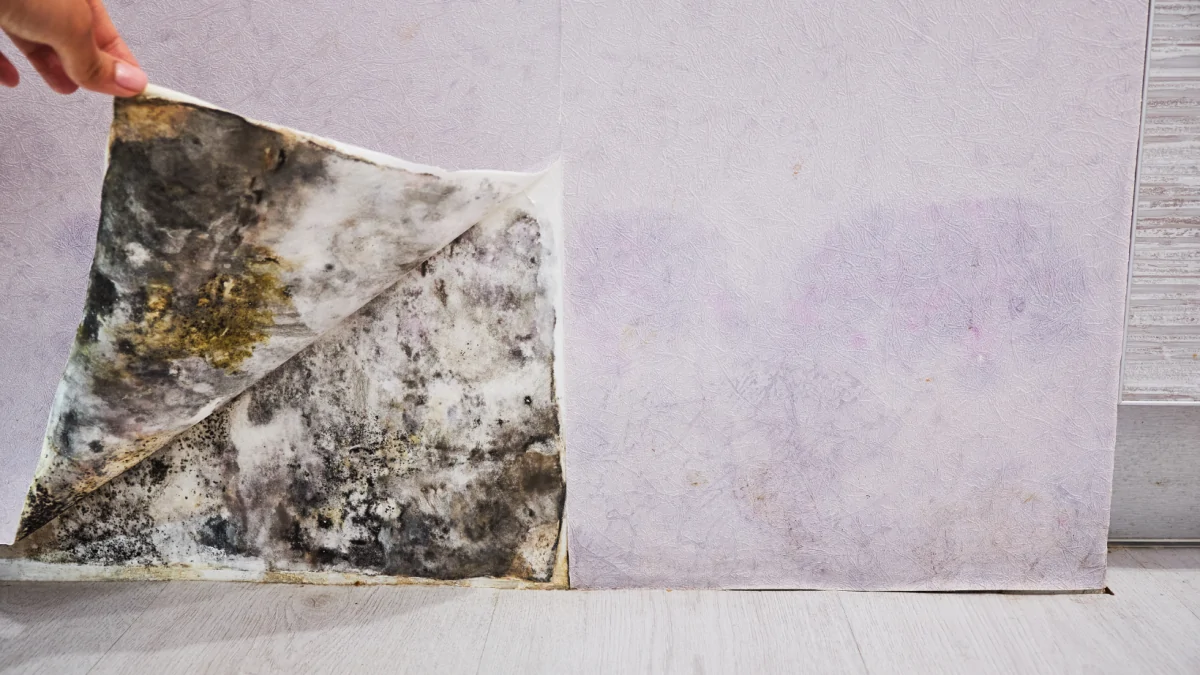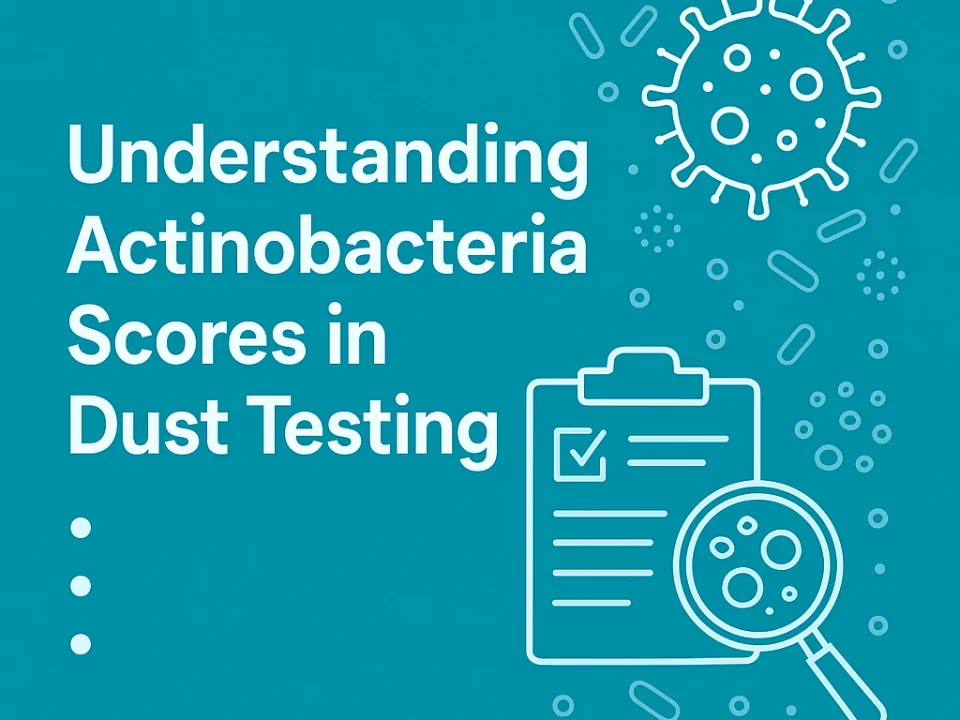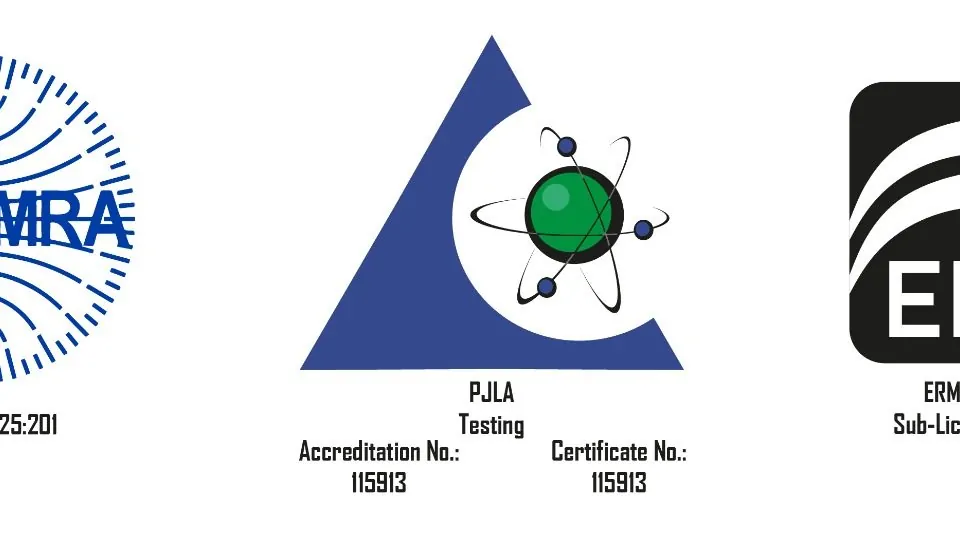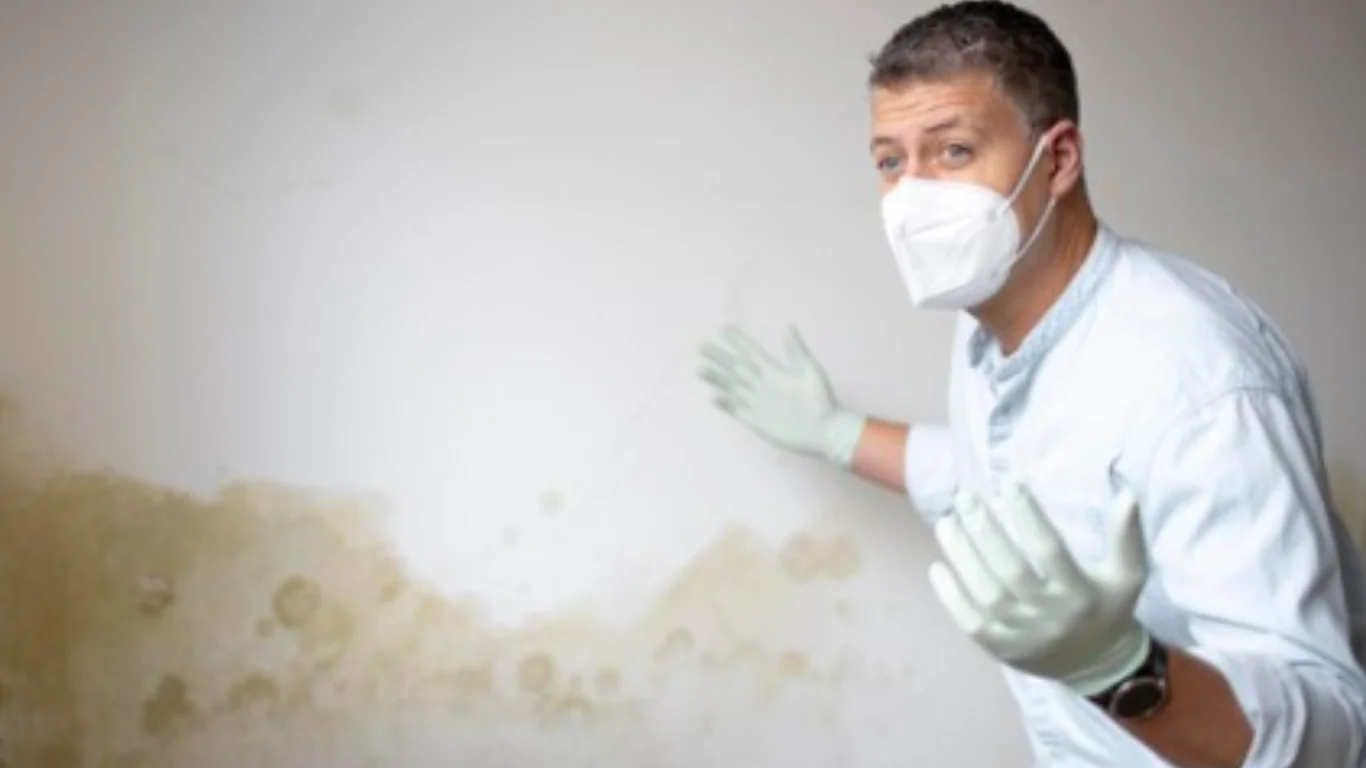20-30% of buildings in the United States may have indoor air quality issues due to mildew
Black molds and mycotoxins are prevalent in American residences due to high levels of humidity, inadequate ventilation, and the presence of standing water. These types of mold can induce allergic reactions, asthma attacks, and respiratory infections.
A prevalent mold is Stachybotrys chartarum, also known as “toxic black mold.” Mycotoxins produced by this mold have been linked to respiratory diseases, chronic migraines, and fatigue. In addition, black mold is particularly problematic due to its propensity to develop in damp, dark environments, which means it is frequently hidden behind walls and beneath floors, making it difficult to detect.
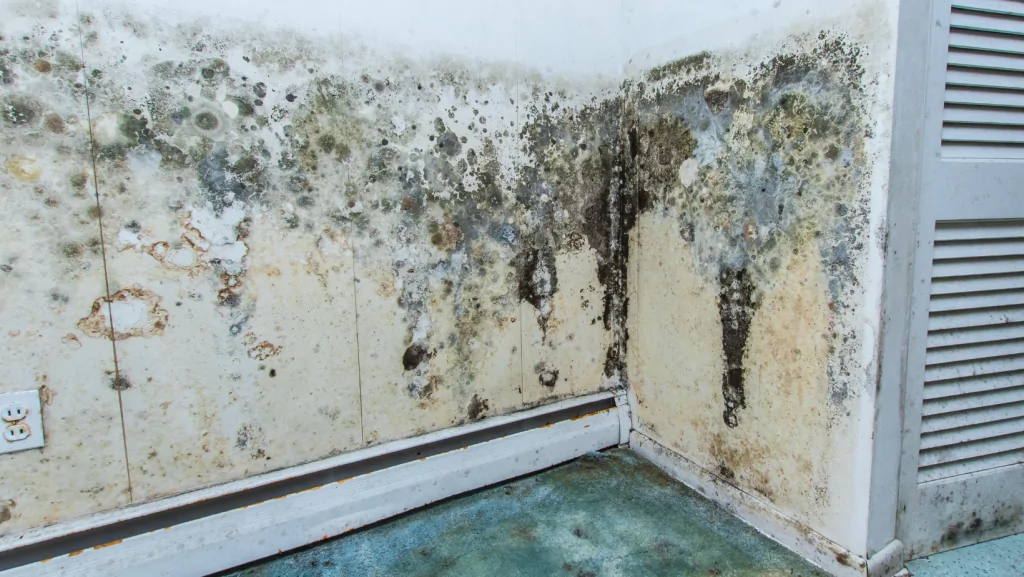
Aspergillus niger is another prevalent form of black mold. Although this mold is not as dangerous as Stachybotrys chartarum, it can pose a problem for those with compromised immune systems or chronic respiratory conditions. Aspergillus niger is also present in household dust and can aid in the transmission of infection.
According to the Environmental Protection Agency, 20-30% of buildings in the United States may have domestic air quality issues related to mold. In addition, according to a 2018 survey conducted by the National Association of Realtors, 39% of agents reported that mold had ever impacted a real estate transaction.
For protection against black molds and mycotoxins, it is essential to maintain a dry and well-ventilated residence. This includes repairing any water leaks, routinely cleaning moist areas such as the bathroom and kitchen, and, if necessary, using a dehumidifier if you suspect mold in your home.
If you need information about mold testing, feel free to contact us at: https://bit.ly/3OqQXbj

